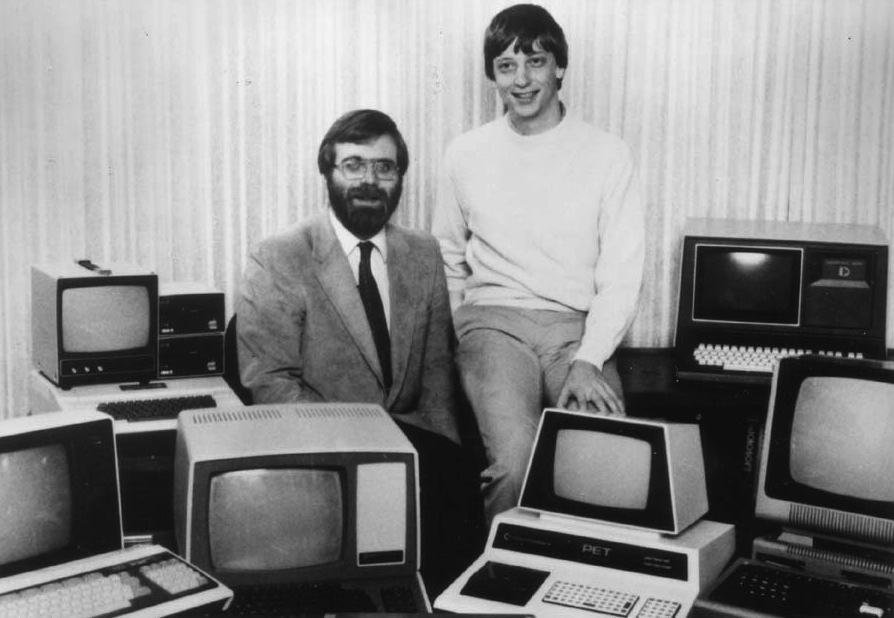Microsoft, co-founded by Bill Gates and Paul Allen, made a strategic decision early on to focus on software rather than producing their own PC. This decision defined the company’s business model in its early years. Gates and Allen were deeply involved in the code and business operations, with Gates often neglecting smaller details like grabbing a coat, as seen in a story about him needing a coat in November 1980. The company was growing rapidly, with around 50 employees and the IBM Personal Computer about to hit the market, compelling Microsoft to create a 16-bit operating system, which would later become MS-DOS.
David Marquardt, a tech investor and former engineer, was Microsoft’s first outside investor, providing $1 million for a 5% stake in the company. This investment proved to be lucrative, as Microsoft went public in 1986 with a market value of over $500 million. Despite facing skepticism from his partners, Marquardt believed in the value of software and saw potential in Microsoft’s products. Microsoft’s ability to target a nascent market with huge potential, such as personal computers, and focus on software as a business set them apart and contributed to their success.
The culture at Microsoft during its early years was marked by a hard-charging and argumentative atmosphere, which sometimes led to dysfunction. Gates was known for his competitive nature and willingness to push his employees to exceed expectations. The company was relentless in its pursuit of success, which sometimes led to aggressive tactics that ultimately contributed to an antitrust case against the company. However, Microsoft has evolved and matured over the years, recognizing the importance of a diverse team and a collaborative environment.
Gates had a tendency to downplay Microsoft’s potential, despite his ambition for the company and belief in the future of the personal computer market. This modest approach stood out in a world where entrepreneurs often speak in grand terms about their prospects. Microsoft’s product development reflected a willingness to take risks and make promises before fully developing the technology, embodying the ethos of “fake it till you make it.” The company also had a strong sense of place, with its decision to move to the Seattle region providing a competitive advantage in the job market and access to engineering talent.
Throughout its history, Microsoft has capitalized on disruptions in technology, driving increases in productivity and wealth through its products. The company has seen success by taking advantage of discontinuities in technology, such as the rise of the personal computer. As Microsoft celebrates its 50th anniversary, it continues to innovate and drive transformation, with new developments like the graphical operating environment for the MS-DOS operating system signaling future disruptions. Microsoft’s ability to adapt to changing technology landscapes and remain at the forefront of innovation has been key to its longevity and continued success.


